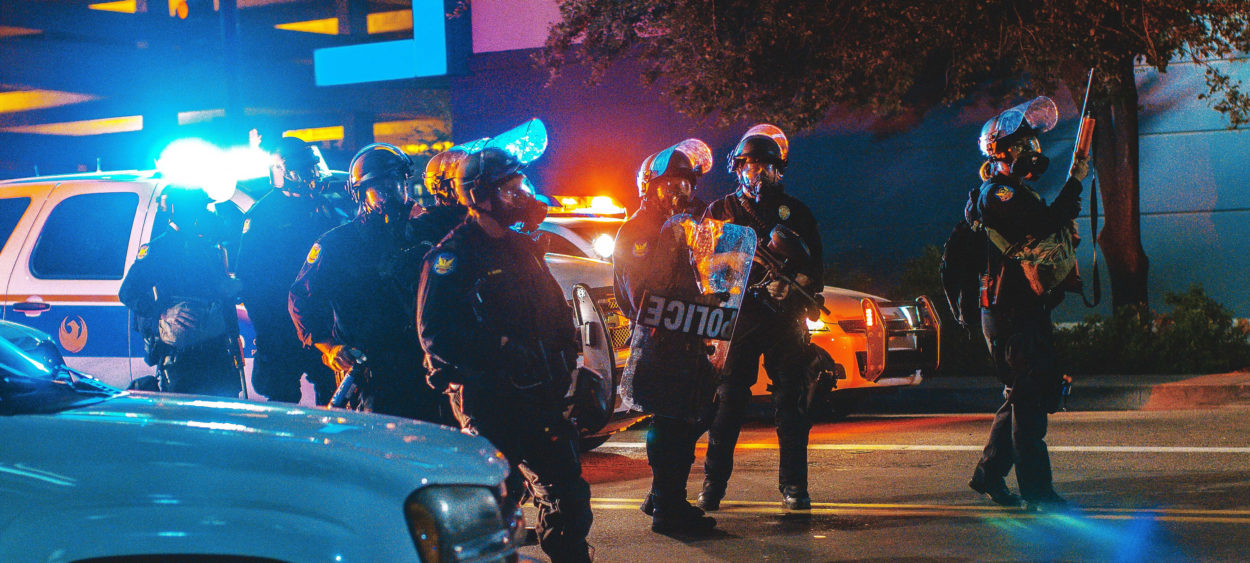
Training scars are a liability for officers, the Department and potentially the public. These scars become increasingly difficult to correct the longer they go unnoticed, and yet, these problems began as a single, repeated mistake. From improperly holding a gun to stumbling through de-escalation scenarios, these training mistakes can become a deadly habit when the trainee enters the field.
What Causes Training Scars
Training scars are the unintended consequences of law enforcement training, namely the repetition of an error in the training environment until it becomes second nature. One cause could be a difference between tools used in training and those implemented in the field. It does no good to train with a single action trigger if officers utilize a DA/SA in the field. This change in weapons could result in hesitation caused by unfamiliarity of the gun—a hesitation that could become deadly.
Unfortunately, training scars can come from the instructors themselves. Have you heard—or worse, uttered—the phrase “practice like this, but in the field, do this”? Use of force Training needs to match real-world situations as closely as possible. Teaching trainees to perform one way, but then instructing them to act differently as police officers will only cause confusion later on.
Preventing Training Scars
When it comes to preventing training scars, the first recommendation is to fix a trainee’s mistake immediately. Do not wait until the debrief to discuss the proper way to execute an action. Corrections must be addressed immediately for maximum impact and improvement. Once understood, have the trainee restart using the right method to get them in the correct habit.
Second, ensure the proper student to instructor ratio per class. Training too many simultaneously allows unnoticed mistakes to morph into habits. Instead, keep class sizes small enough so instructors are able to provide each student individual attention and guidance. Furthermore, instructors should train only with weapons and tools officers use in the field.
Allow the class to watch each trainee’s performance in a scenario. This has multiple effects: watching their peers causes the class to note mistakes and modify their own behavior before entering the scenario, while for the tested trainee, performing in front of the class increases stress and motivates them to take the scenario more seriously.
Lastly, hold an in-depth debrief after each session. Begin with a recap of the correct choices and mistakes, then allow time for self-reflection. Create an environment that is constructive, honest and open to understanding the trainee’s thought process while searching for any existing training scars.
Training scars can be prevented or remedied through careful observation and correction. Through proper training tools and lessons, instructors can create officers that succeed in the field. One of the best ways to prepare students and discover potential training scars is through our simulators. For ideas on how to train smarter with our relevant, lifelike scenarios, please contact us.
Train hard, stay safe and keep it consistent.
Recently Published
Join Our Newsletter







